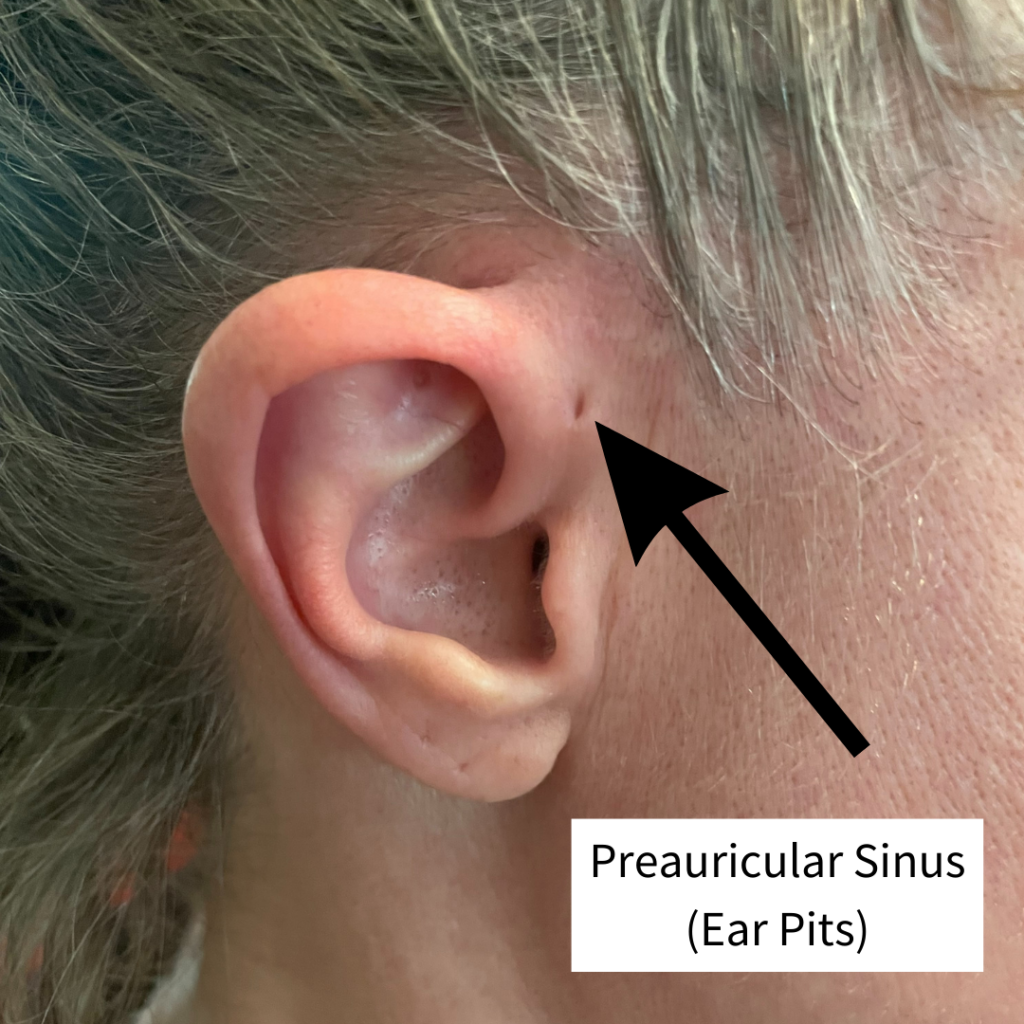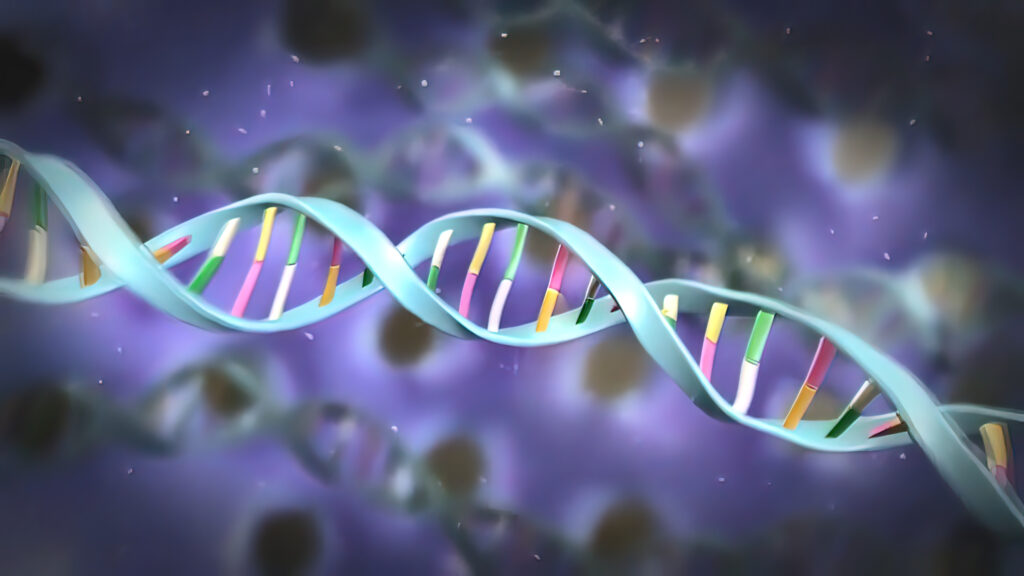Your curly hair, short legs, brown eyes and the hay fever you get every spring are not just by chance. All of these characteristics are passed down from your parents. The genes you inherit are the blueprint of the body. Sometimes, a change in a gene (or genetic mutation) can lead to unique features and experiences that are different than the general population. Some of these genetic rarities include:
1. ACHOO Syndrome
You walk out of a building into bright sunlight. Suddenly, you sneeze. Does this frequently happen to you? If so, you may have Autosomal Dominant Compelling Helioophthalmic Outburst (ACHOO) Syndrome. ACHOO Syndrome, also known as photic sneeze reflex or sun sneezing, is a condition in which a person sneezes after being exposed to bright light, such as the sun or a light bulb. Due to genetic inheritance, if one parent has ACHOO Syndrome, their child has a 50% chance of also having it. The most obvious symptom of ACHOO Syndrome is the sneezing, which usually occurs within seconds of being exposed to bright light. Other symptoms include watery eyes and a runny nose. These symptoms usually go away within a few minutes. ACHOO Syndrome is not harmful to a person’s health, but wearing sunglasses or hats outside can help prevent it.
2. Ear Pits
Do you have a hole on the upper lobe of your ear? A preauricular sinus, commonly called an ear pit, is a small dimple or notch that occurs near the front of the ear. This feature can happen on one or both sides of the body. Ear pits can be inherited from a parent or can happen randomly. The exact cause is not known, but we do know that they develop early in pregnancy as a fetus grows. An ear pit is typically harmless, but can become infected. If this happens, a person should seek medical treatment from a health-care professional.

3. Cilantro Taste
Love it or hate it, cilantro has a distinct flavor, but why do people seem so divided over the taste of this herb? The answer might be OR6A2, an olfactory receptor gene found on chromosome 11. Olfactory receptors help the body detect smells, and our sense of smell influences our sense of taste. For people with this particular genetic difference, cilantro can taste soapy because they are unable to fully detect the smell of the cilantro. Cilantro can be found in guacamole, salsas, bean dips and more. If you find yourself turning your nose up at some of these foods, you might have your genetics to blame.
